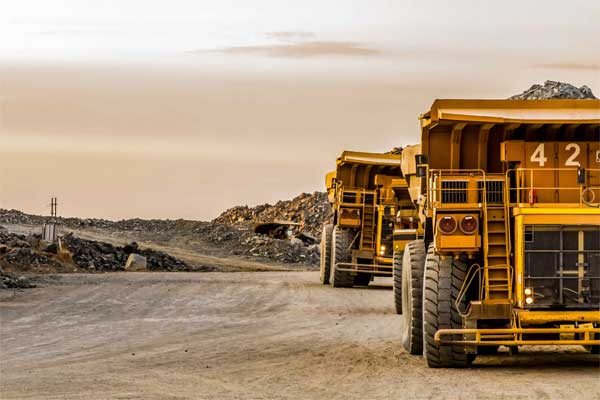Concern grows over the increase in consumption of some metals to support the shift towards clean energy and electric vehicles.
Clean energy technologies often rely on certain key metals which will be needed if they are to continue to expand. Two metals, in particular, lithium and cobalt, have seen supply chain fears in recent years, although many other metals are used.
In order to mitigate this problem, the U.S, Canada, and Australia have launched an international effort to help find new deposits of these key minerals.
Lithium, a soft, silvery-white metal which is also the lightest in the periodic table, is a crucial ingredient of lithium-ion batteries. These are used in everything from smartphones to electric vehicles (EVs), now their biggest consumer. The lithium-ion battery is the battery of choice for most car makers, including Tesla, BMW, Ford, and Nissan.
Cobalt, a silver-grey metal produced mainly a byproduct of copper and nickel mining, is another essential component of the cathode in lithium-ion batteries. It also has diverse uses in other industrial and military applications.
Nickel is another ingredient needed for batteries and is expected to form an ever-larger proportion of future batteries. Nickel is already widely used elsewhere, notably in stainless steel production, and mines are distributed among many different countries, meaning there is less concern over its supply.
Manganese is also used in batteries, as well as being an essential ingredient in steel and widely used elsewhere, such as in animal feed.
Copper is used as a conductor for wind power, as well as general wiring, motors and in coins. Both copper and manganese are among the most widely extracted metals in the world.
The U.S state department and its counterparts in Canada and Australia have said they will work to help countries discover and understand their mineral resources that underpin the shift away from fossil fuels towards electric vehicles and battery energy storage.
As the rapid increase in clean energy adoption and electric vehicles is gaining momentum worldwide, some countries even couple both technologies together to create a much more efficient system.
In the Atlantic Portuguese Island of Porto Santo for example, electric vehicles are being used to help power an entire island.
In the scheme, which is currently in a testing phase, batteries in electric vehicles are charged by solar power during the day but at night return spare energy to the grid to power people’s homes.
Some experts say this form of energy storage could become a global trend.
Frank Fannon, the U.S assistant secretary of state for energy resources, says “clean” energy technologies are being presented by some as a great hope for some poor countries, but that the damage done by development without sound resource governance “could be really damaging”.














Comments